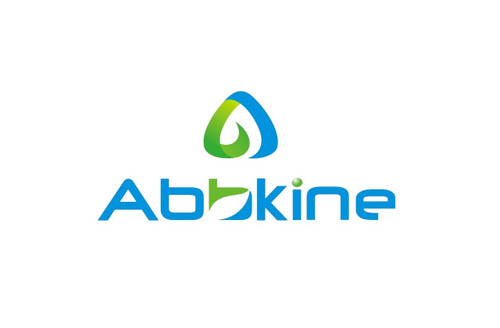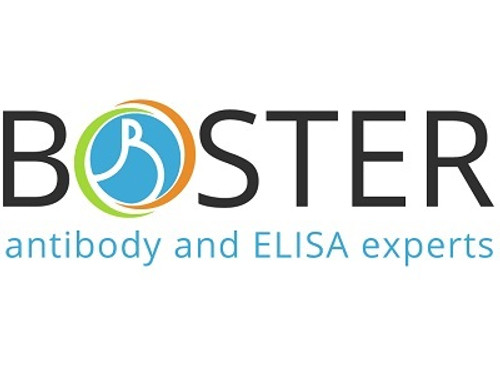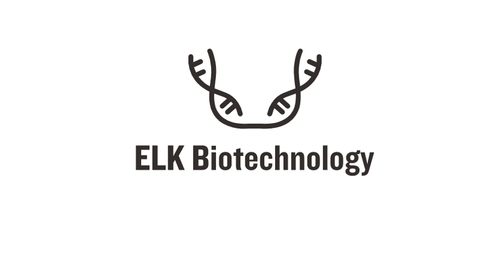Product Description
Human Phosphoinositide 3-kinase regulatory subunit 4 (PIK3R4) ELISA Kit | AE60125HU | Abebio
Species Reactivity: Human (Homo sapiens)
Abbreviation: PIK3R4
Alternative Name: MGC102700; VPS15; p150; PI3-kinase p150 subunit|PI3-kinase regulatory subunit 4|phosphatidylinositol 3-kinase-associated p150|phosphoinositide 3-kinase adaptor protein|phosphoinositide-3-kinase; reg
Application: ELISA
Range: 0.78-50 ng/mL
Sensitivity: 0.28 ng/mL
Intra-Assay: ≤7.1%
Inter-Assay: ≤9.2%
Recovery: 1, 03
Sample Type: Serum, Plasma, Other biological fluids
Detection Method: Sandwich
Analysis Method : Quantitive
Test Principale: This assay employs a two-site sandwich ELISA to quantitate PIK3R4 in samples. An antibody specific for PIK3R4 has been pre-coated onto a microplate. Standards and samples are pipetted into the wells and anyPIK3R4 present is bound by the immobilized antibody. After removing any unbound substances, a biotin-conjugated antibody specific for PIK3R4 is added to the wells. After washing, Streptavidin conjugated Horseradish Peroxidase (HRP) is added to the wells. Following a wash to remove any unbound avidin-enzyme reagent, a substrate solution is added to the wells and color develops in proportion to the amount of PIK3R4 bound in the initial step. The color development is stopped and the intensity of the color is measured.
Product Overview: In yeast, the vps15 gene product is a 150-kD serine/threonine kinase that forms a complex with a phosphatidylinositol 3-kinase, vps34 (PIK3C3) ; in human this complex is involved in protein trafficking. By screening a cDNA library, Panaretou et al. (1997) cloned the homolog of the yeast vps15 gene, which they termed p150. The p150 cDNA encodes a predicted polypeptide of 1, 358 amino acids. The amino acid sequence is 29.6% identical to that of yeast vps15 protein. Northern blot analysis revealed that the p150 gene is ubiquitously expressed as a 5.5-kb transcript. Panaretou et al. (1997) found that the p150 gene interacts with PIK3C3 in vivo.
Stability: The stability of ELISA kit is determined by the loss rate of activity. The loss rate of this kit is less than 5% within the expiration date under appropriate storage condition. The loss rate was determined by accelerated thermal degradation test. Keep the kit at 37°C for 4 and 7 days, and compare O.D.values of the kit kept at 37°C with that of at recommended temperature. (referring from China Biological Products Standard, which was calculated by the Arrhenius equation. For ELISA kit, 4 days storage at 37°C can be considered as 6 months at 2 - 8°C, which means 7 days at 37°C equaling 12 months at 2 - 8°C) .
 Euro
Euro
 USD
USD
 British Pound
British Pound
 NULL
NULL












